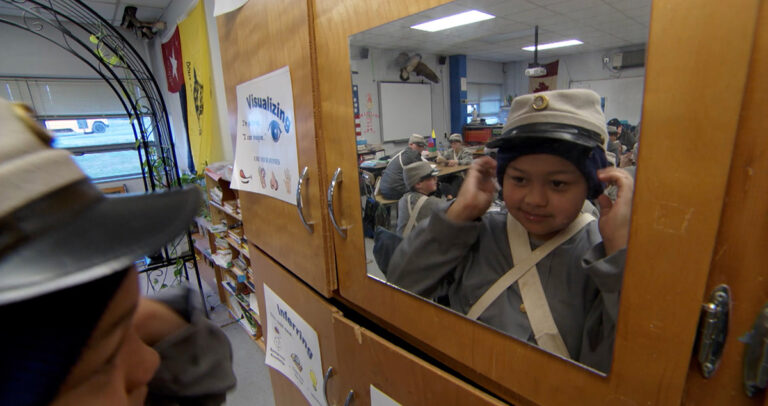
Respect can look different in different settings, and it is helpful to spend time defining respect at school to ensure everyone has a common understanding of how to be respectful in each place.

Assess and be sensitive to the feelings and needs of others.
Make rational, ethical, and effective decisions to find the best solutions to problems.
Enthusiastic to understand more about themselves, others, and the world around them.
In this activity students will define respectful behavior in the classroom, hallways, and cafeteria by giving examples of what it does and does not look like.
Activity
Ask students to journal about the following prompts:
Encourage parents to create a similar list of what respect does and does not look like in the house. It is important that the list is not created just for children in the household. Whatever is on the list applies to everyone, kid and parent alike.
Ask everyone in the house to sign the list once it is agreed to.